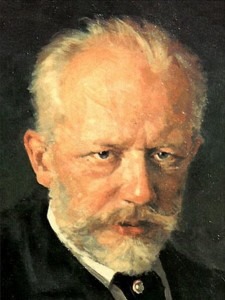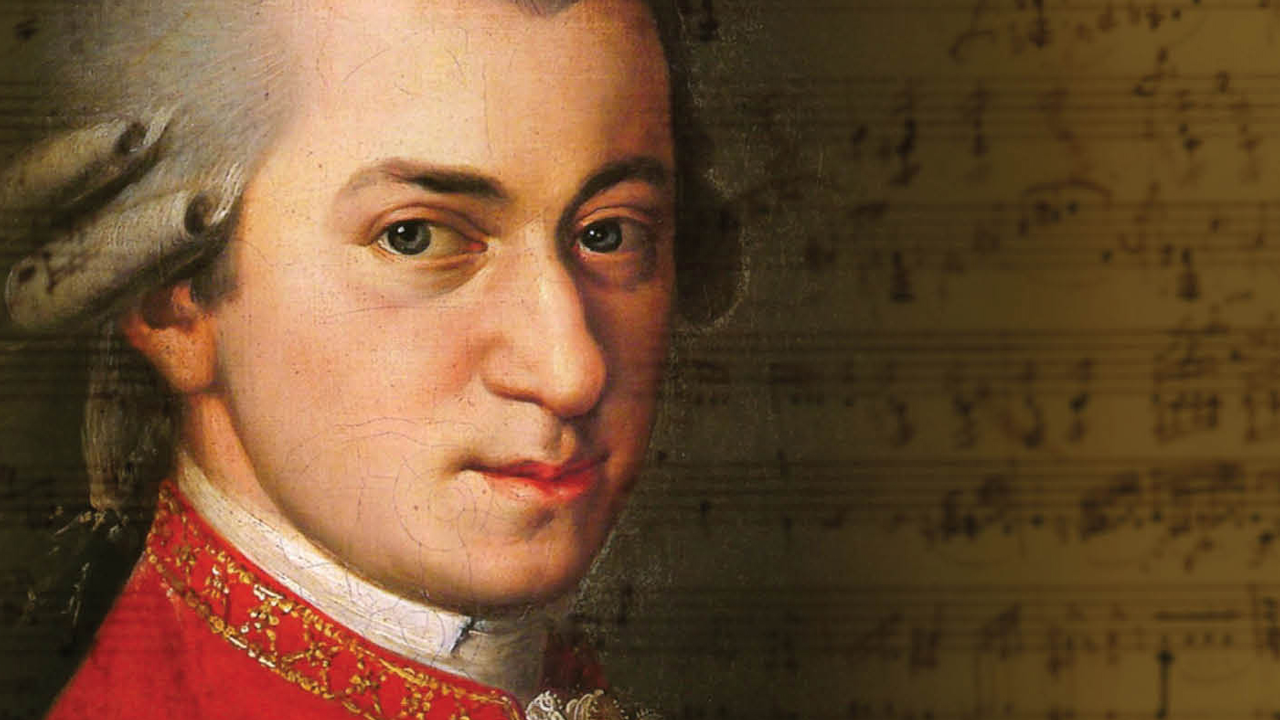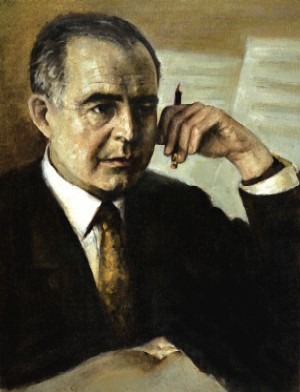
Tchaikovsky
Credit: https://www.operapulse.com/
Pauer’s key characteristics for F minor is that it is “…a harrowing key,” and “is especially full of melancholy, at time rising into passion.”
Looking at Beethoven’s first piano sonata, written in F minor, we can find a particularly strong place for melancholy in the third movement, a minuet and trio. The left and right hand imitate each other, we have dramatic pauses, and a syncopated melody, all designed to throw the listener off by just a little bit.
Beethoven: Piano Sonata No. 1 in F Minor, Op. 2, No. 1: III. Menuetto: Allegretto (Glenn Gould, piano)
Beethoven wrote that first piano sonata in 1795; he completed his 23rd piano sonata in 1805 and what a difference a decade. The Appassionata Sonata opens quietly and ominously. The opening might not be as harrowing as Pauer described this key as being, but as the movement continues, it seems to grow darker and blacker in mood.
Beethoven: Piano Sonata No. 23 in F Minor, Op. 57, “Appassionata”: I. Allegro assai (Rudolf Serkin, piano)
As we mentioned in the essay on B flat minor, there seems to be a particular affinity between minor keys and Russian composers. For that, we can take no more harrowing and melancholic example than Tchaikovsky’s Symphony No. 4. Tchaikovsky himself declared that “the first movement represents Fate,” and went on to say that, the programme of the first movement is that “all life is an unbroken alternation of hard reality with swiftly passing dreams and visions of happiness …”. He went on: “No haven exists … Drift upon that sea until it engulfs and submerges you in its depths”.
Tchaikovsky: Symphony No. 4 in F Minor, Op. 36: I. Andante sostenuto – Moderato con anima (City of Birmingham Symphony Orchestra; Andris Nelsons, cond.)
What pieces do you think should be added here? Keep in mind that the piece should date from before 1876, when Pauer’s book was published. Another guideline might be to note the relatively small list of composers he gave as examples: Haydn, Mozart, Beethoven, Mendelssohn, Schubert Rossini, Weber, and Spohr – all stalwarts of German classicism / romanticism.








I just randomly stumbled upon these articles about keys and emotions. I love it!!
Thanks for this article, Telemann Fantasia nr 3 is in f minor and though not really mournful it is melancholy. It also features a cadenza into the last movement so I’m determined to make it more mournful 🙂